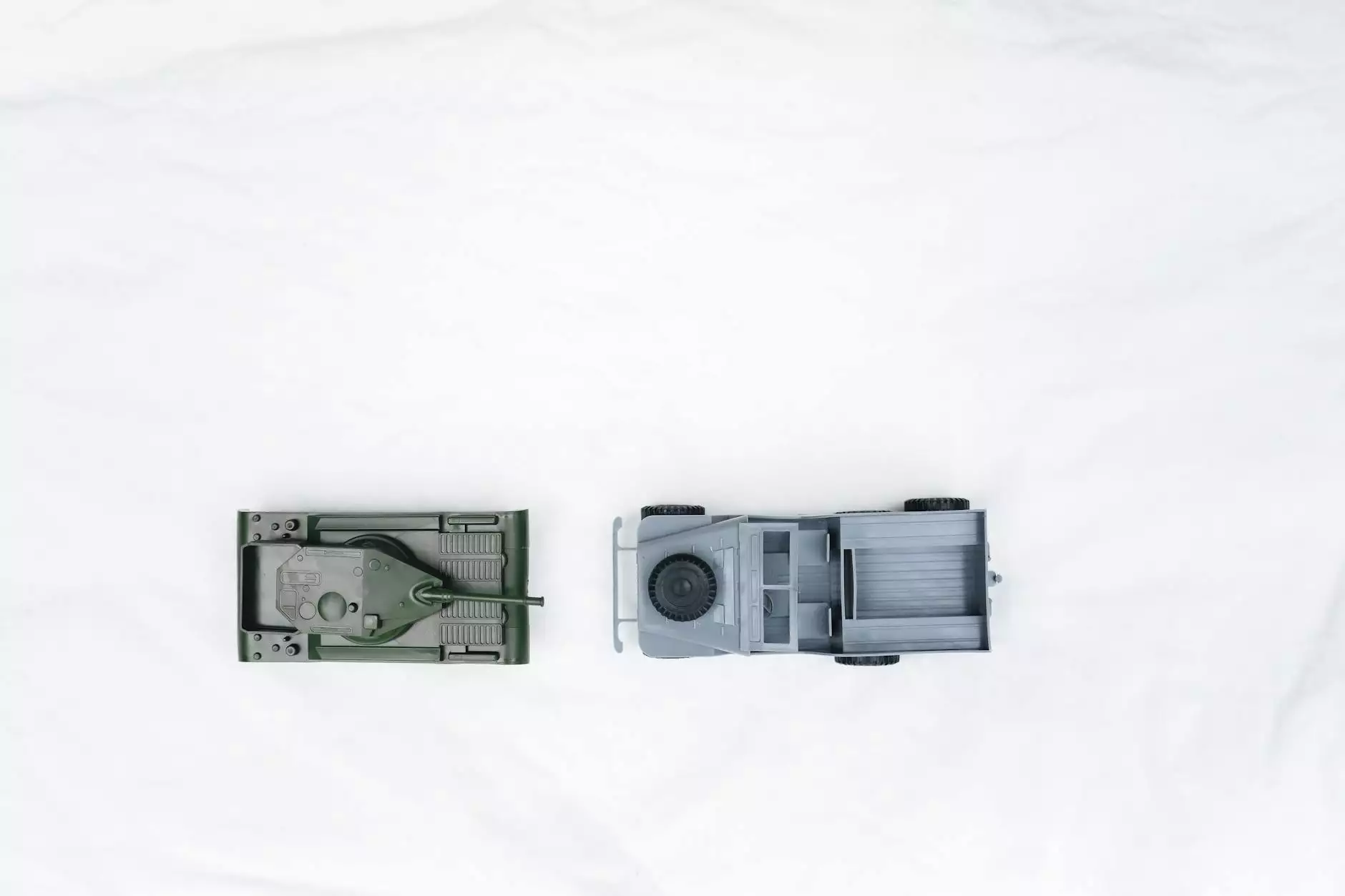Understanding Tie Rods: The Unsung Heroes of Your Vehicle's Steering System

The automotive world is filled with components that ensure a vehicle operates smoothly. Among these, the tie rod stands out as a crucial part of the steering mechanism. This article delves deep into the role of tie rods, their importance in vehicle safety, and maintenance tips to keep your vehicle performing optimally.
What is a Tie Rod?
A tie rod is an essential component of the steering system in vehicles. It connects the steering gear (or rack) to the steering knuckle, which in turn connects to the wheels. This linkage allows the driver to control the direction of the vehicle effectively. Despite being a small part, its failure can lead to severe steering issues, making it imperative for every vehicle owner to understand its function and significance.
Types of Tie Rods
Tie rods are generally categorized into two types:
- Outer Tie Rods: The part of the tie rod that connects to the steering knuckle. They are more exposed to wear and tear due to direct exposure to road conditions.
- Inner Tie Rods: Located between the steering rack and the outer tie rod, these rods are less exposed but equally crucial for proper steering function.
How Tie Rods Work
The functionality of a tie rod can be understood in simple terms. When you turn the steering wheel, the force from the steering wheel travels through the steering column, reaching the steering gear. This gear translates the rotational movement of the wheel into lateral movement, pushing or pulling the tie rods.
When the tie rods move, they effectively turn the front wheels in the desired direction. This direct connection makes tie rods vital for responsive steering and overall vehicle control.
Why Tie Rods are Critical for Vehicle Safety
Failing to maintain your tie rods can result in various safety hazards, making understanding their role even more critical. Here are some reasons why:
- Steering Control: Worn or damaged tie rods can lead to loose steering, making it difficult to control the vehicle.
- Tire Wear: If tie rods are misaligned, they can cause uneven tire wear, reducing tire life and performance.
- Accident Risks: A failure in the tie rod can lead to loss of steering control, significantly increasing accident risks.
Signs of Tie Rod Wear
Identifying problems with your tie rods early can save you from costly repairs and ensure your safety on the road. Look for the following signs:
- Steering Wheel Play: If you notice excessive play or looseness in your steering wheel, it may indicate worn tie rods.
- Popping or Clunking Noises: Unusual sounds while turning can signal that your tie rods are failing.
- Misalignment: If your vehicle pulls to one side, it could be a sign of tie rod issues affecting alignment.
Maintaining Tie Rods
Regular maintenance is fundamental for ensuring your tie rods remain in optimal condition. Here are some maintenance tips:
- Regular Inspections: Have your steering system, including tie rods, checked during routine maintenance. Early detection can prevent more significant issues.
- Proper Alignment: Ensuring that your vehicle's wheels are correctly aligned can help prevent unnecessary wear on the tie rods.
- Avoid Rough Terrain: If possible, avoid driving on rough, rocky roads that can accelerate wear and tear on your suspension and steering components.
Replacing Tie Rods
If your tie rods are beyond repair, replacement is necessary. Here’s a quick guide on this process:
- Diagnosis: Confirm that the tie rods are indeed the source of the problem.
- Selection: Choose high-quality replacement tie rods that match your vehicle's specifications. Brands such as imautoparts.com offer reliable options.
- Professional Help: Unless you are skilled, it is advisable to have a professional technician perform the replacement.
- Post-Replacement Alignment: After replacing the tie rods, ensure to get a wheel alignment to prevent further issues.
Conclusion
In conclusion, understanding the role of tie rods in your vehicle's steering system is essential for maintaining safety and performance. Regular inspections and timely maintenance can significantly extend the life of your tie rods, ensuring you stay safe on the road. Should you need replacements, consider trusted sources like imautoparts.com to ensure you are using quality parts.
The next time you think about the components that keep your vehicle running smoothly, remember the unsung heroes of steering — the tie rods. Their performance directly influences your driving safety and comfort. Maintain them diligently, and you'll navigate the roads with confidence!
tie rod and








